
InterMountain HO FP7 road diesel locomotive Here’s a great-looking and smooth-running FP7 road diesel that’s useful for both freight and passenger service. Manufactured by InterMountain, this interesting addition to the HO F-unit fleet is offered ready-to-run with QSI Quantum dual-mode sound and Digital Command Control(DCC)or in DC-only versions. Dual-service prototype. The Electro-Motive Division (EMD) built […]
Read More…
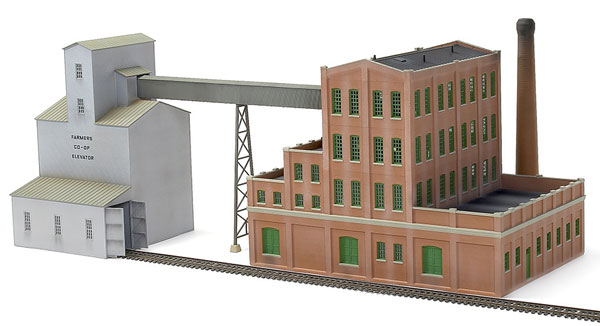
Walthers HO grain elevator and flour mill Prairie Star Elevator and Prairie Star Milling are the latest HO scale structure kits from Walthers. The injection-molded plastic structures, sold separately, are part of the firm’s Cornerstone Series. The Prairie Star Elevator doesn’t occupy much space (its footprint is 6″ x 6¾”), but its 10″ height captures […]
Read More…

Atlas O Alco Century 628 heavy duty road diesel An excellent model of one of the true monsters of mainline railroading, Alco’s Century 628 has been released by Atlas O. The powerful model is offered in a DC version with an optional (user installed) Digital Command Control (DCC) wiring harness, and unpowered. Horsepower plus. Billed […]
Read More…
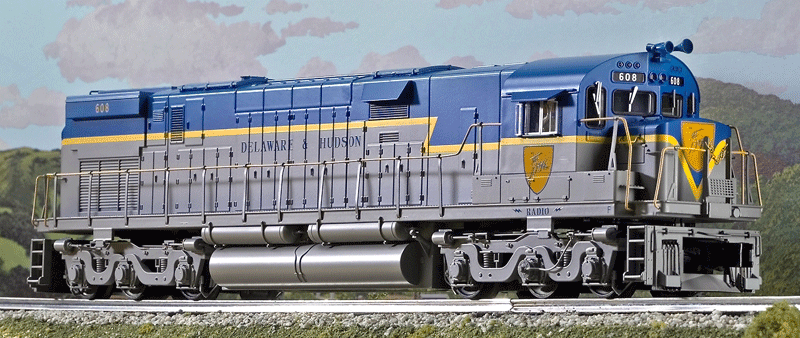
WITH THE DEVELOPMENT of the Century-628 diesel in 1963, Alco hoped to secure the number two spot in the three-way race among locomotive builders. The firm, based in Schenectady, N.Y., conceded supremacy to Electro-Motive but hoped to vanquish General Electric. Of course, Alco didn’t secure anything, but the 180 C-628s the factory cranked out were […]
Read More…
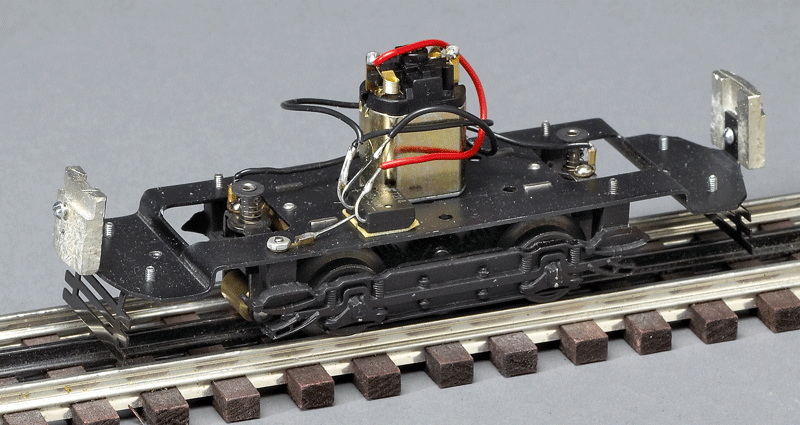
BRITISH HOBBY MANUFACTURER Corgi makes an exceptionally nice single-truck trolley car. The die-cast shell is well detailed, and the plastic interior is first rate. The car even sits neatly on O gauge track. The only downside is that it doesn’t do anything. No electric motor or drive mechanism. The trolley doesn’t move, unless you push […]
Read More…
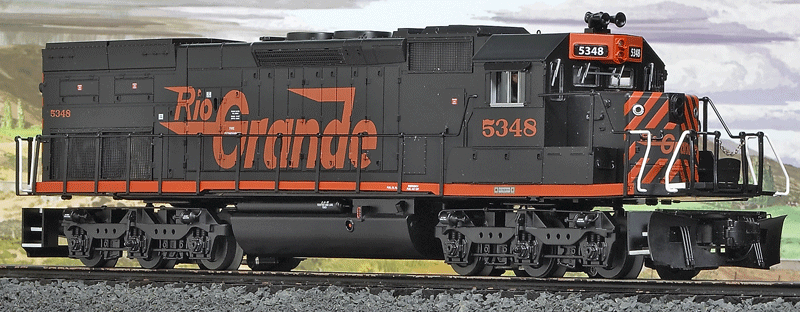
AS THE SAYING GOES, necessity is the mother of invention. As proof, we give you the SD40T-2. The diesel locomotive, nicknamed the “tunnel motor,” was born out of a specific need among western railroads. Air problems in mountain tunnels and long snowsheds are not new. The lack of fresh, cool air plagued locomotive crews in […]
Read More…
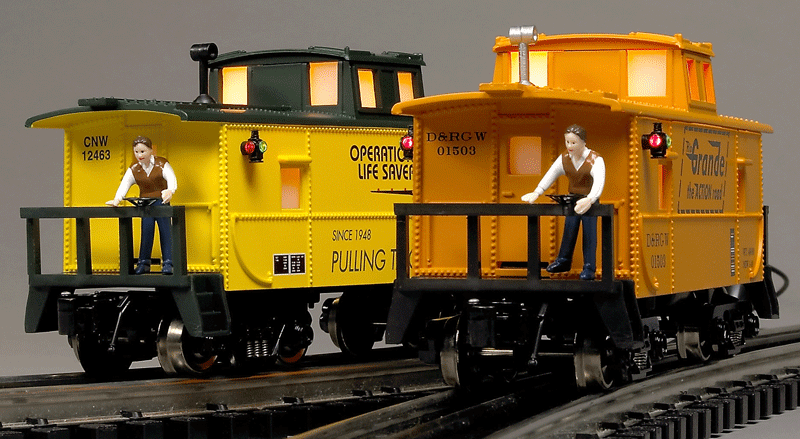
I HAVE A VISION of Walter Matuch, the owner of Ready Made Toys, dashing around the country in search of some lost or forgotten toy train tooling. On discovering something, he holds it up to the light and asks, “How can I improve this?” The RMT O-27 gauge caboose is one of those items that […]
Read More…
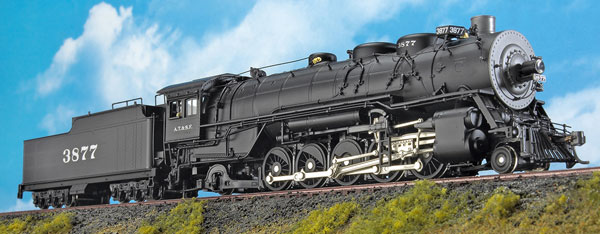
Broadway Limited HO Santa Fe 2-10-2 steam locomotive with sound This HO scale Santa Fe-type 2-10-2 from Broadway Limited not only looks like its Atchison, Topeka & Santa Fe Ry. prototype, its solidly built to perform like it, too. The model’s QSI Quantum control and sound system operates on both direct current and Digital Command […]
Read More…

True Line Trains HO F-M C-Liner diesels This interesting HO scale first-generation Fairbanks-Morse passenger cab diesel locomotive is a smooth-running model that rides on five axles in an unusual B-A1A wheel arrangement. It comes ready-to-run, includes a Digital Command Control (DCC) plug, and has reversing headlights. It’s also the first locomotive model under the True […]
Read More…
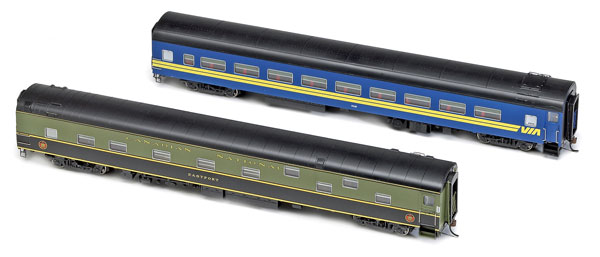
Rapido HO lightweight passenger cars These new HO passenger cars from Rapido Trains are among the best-detailed mass-produced models we’ve ever seen. Each plastic model comes assembled and ready-to-run with McHenry magnetic knuckle couplers, interior and underbody details, lighting, removable marker lights, and an end gate across the vestibule. The two samples reviewed here are […]
Read More…
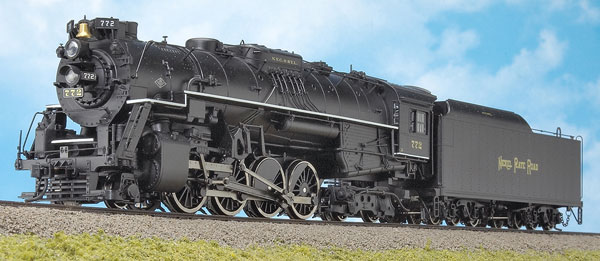
Walthers HO 2-8-4 Berkshire with sound This classic Nickel Plate 2-8-4 Berkshire by Walthers is an accurate, medium-sized locomotive that delivers smooth performance with excellent sound. It’s an upgraded version of the Life-Like Proto 2000 model that was reviewed in the March 2004 Model Railroader. The new model includes different prototype-specific details and a dual-mode […]
Read More…

As model railroading moves deeper into the digital era, manufacturers are offering more opportunities for hobbyists to improve their equipment via software and/or hardware updates. One of the newest update packages is from QSI, manufacturer of the Quantum DC/Digital Command Control (DCC) sound systems found in many new locomotives from Atlas, Broadway Limited, Life-Like, and […]
Read More…












